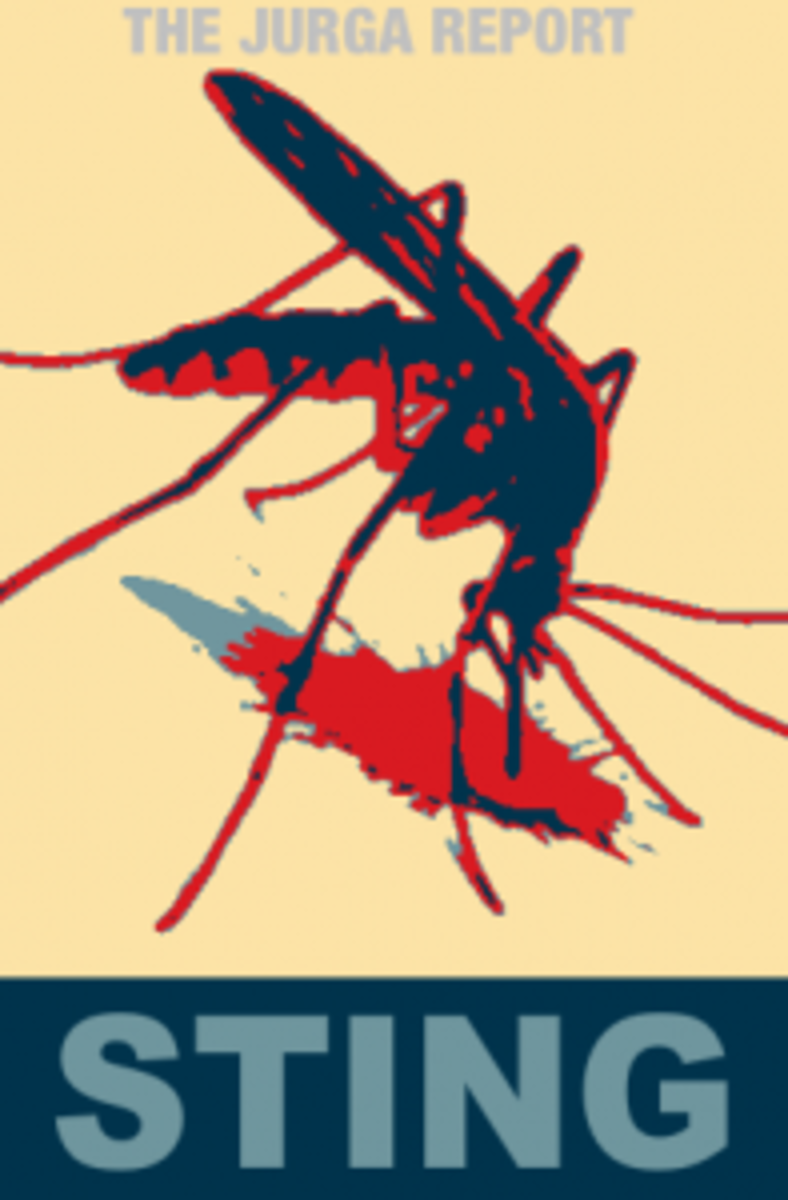Officials in Kentucky have reported that a horse in that state has died and subsequently been found to have been infected with Eastern Equine Encephalitis (EEE). It is the state’s first case since 2008. The following information is edited from an announcement:
According to a report issued by the Kentucky Veterinary Medical Association, Murray State University’s Breathitt Veterinary Center (BVC) contacted the Kentucky State Veterinarian’s Office and reported testing conducted on equine serum forwarded by the BVC to the USDA’s National Veterinary Services Laboratory. The serum was reported as positive for?Eastern equine encephalitis (EEE) virus IgM (antibody) by an ELISA assay.

Following conversation with the horse’s owner, and in consultation with the attending veterinarian, the diagnosis of EEE?was confirmed and the Cabinet for Health Services’ Department of Public Health in Kentucky was notified of this diagnosis?on Friday?evening.
The case is described as follows:
In Hart County, Kentucky, a 10-year-old ?Tennessee Walking horse’s owner described a horse as being listless, sleepy and unwilling/unable to eat.
Presented to veterinarian, the next day, the horse was reported to be lethargic and reluctant to move, with?a head tilt, mild muscle fasciculation (twitch), febrile (feverish), and unable to eat. The patient worsened throughout the day, developed seizures, and became recumbent unable to rise. The horse died on August 18 after approximately 48 hours’ duration.
West Nile testing was reported to be negative.? There was no record of West Nile or EEE vaccination reported within the past 36 months. The resident of Hart County had no recent travel history; 19 other horses on the premises were not showing signs of illness and were vaccinated on August 17.

This is the first confirmed case of EEE affecting a KY resident horse since 2008, and only the second reported case of a naturally-infected horse in Kentucky since 1995.
Clinical signs associated with the disease commonly include high fever, depression, lack of appetite and neurologic abnormalities described as paralysis, inability or difficulty swallowing, sleepiness, and ataxia.? The fatality rate of horses infected with EEE is reported to be as high as 75 to 80 percent, with death frequently occurring within a day or two after onset.
Strategies utilized to mitigate risk of exposure to West Nile virus can also be effective in combating EEE. In addition to reducing disease transmission by minimizing mosquito habitat, effective equine vaccines for EEE and WNV are available. Kentucky officials encourage horse owners to consult their veterinarians to determine the immunity status of their animals and, if needed, to stimulate additional immunity.
Through August 20, 2013, the Centers for Disease Control had reported 60 veterinary (presumably equine) and three human cases of EEE being diagnosed in the United States this calendar year. A geographic reference for these cases can be seen at?http://diseasemaps.usgs.gov/eee_us_veterinary.html
The American Association of Equine Practitioners web page includes information describing this disease and can be found at?http://www.aaep.org/eee_wee.htm.
The Kentucky Department of Agriculture’s West Nile Web Page has been updated to reflect this EEE case and can be seen by following the link to ?www.kyagr.com/statevet/equine-infectious-diseases.html#west
This report was provided via the Kentucky Association of Equine Practitioners and was prepared by E.S. Rusty Ford,?Equine Programs Manager in the Office of State Veterinarian of Kentucky.








